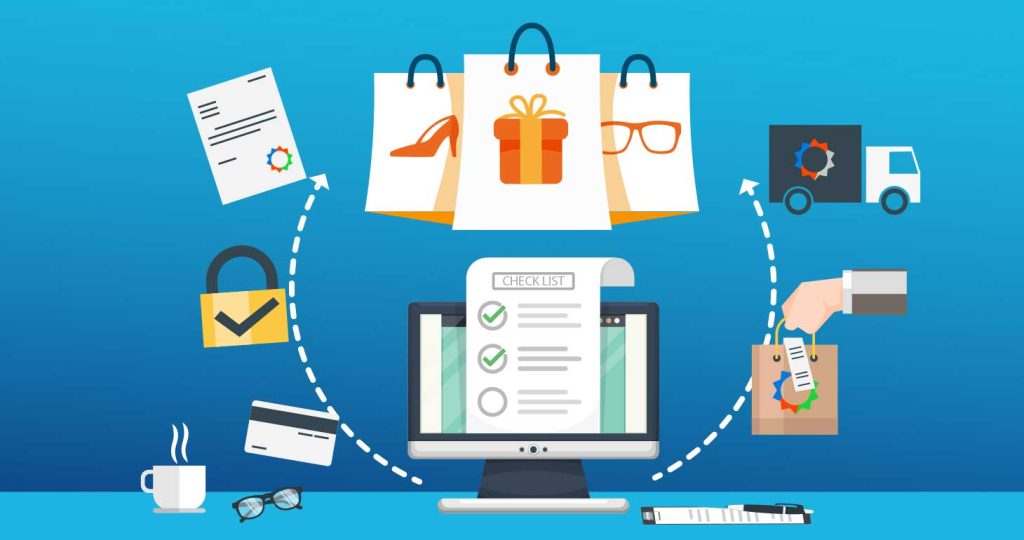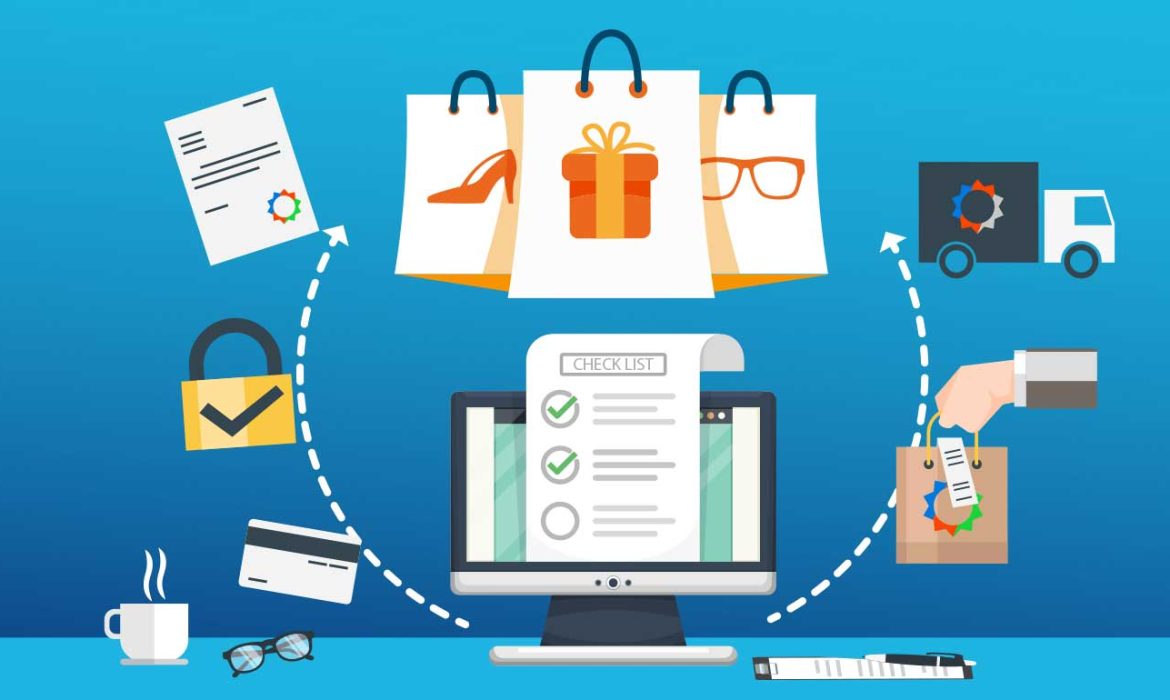
Creating an e-commerce site may be easier than expected. Many e-commerce websites do most of our job, but we still need to grasp their requirements. Researching your website’s theme or content can boost business growth in a few years with an e-commerce website development company. These measures can be taken.
1. Choose the Right E-commerce or Web Technology
Finding the right ecommerce website builder is the first step. The greatest e-commerce website development company, contributor, or development team can suit your brand and product’s objectives and demands.
The following e-commerce systems are available.
- Open-source
- SaaS
- Headless business
- Open-source
Open-source application codes are free and available to everyone. Customization and installation are free. Using an open-source programme demands sophisticated coding skills to customise and create.
- SaaS
SaaS is Software-as-a-Service. It offers subscriptions. SaaS solutions are secure, scalable, and easy to use. SaaS apps are meant for e-commerce, thus they manage payment, checkout, and other logistical activities to create a free product website.
SaaS pricing models add transaction fees, monthly membership fees, and plugin costs, which is the major culprit. Some SaaS providers limit branding by adding a brand watermark at the bottom of the screen. So, it promotes your brand alongside the other brand at the bottom of each screen. The premium SaaS solution offers additional flexibility and a brand-appropriate design.
- Headless commerce
Headless commerce separates display, shopping cart, and view pages. That means using CMS, DXP, PWC, and other frontend and backend technologies.
Headless commerce gives websites creative control. It helps us spot customer-facing changes faster. Headless commerce helps enterprises enter markets faster and cheaper.
2. Buy a domain
Domain names are crucial to e-commerce websites. It delivers a quick reputation and internet marketability.
Domain names should be easy to read and remember, so avoid unusual spellings. Because hyphens and digits make searching and remembering harder, avoid them. Avoid popular names since they may confuse website visitors. Keep your domain name 6-14 characters. Plain and simple with good intentions will make it easy to remember.
3. Get all the business documents
A non-disclosure agreement is the first document you need to provide to clients or investors. Startup business documents protect firm and third-party vendor privacy. NDA documents are assets to maintain customer or employer relationships.
4. Hire a Developer
A developer or application builder simplifies e-commerce website creation. They will know how to create and set up an e-commerce website.
Talk to the developer about their timescales for constructing application pages and APIs, adding pictures, building each module, and launching the final apps. Also, tell the developer your budget and ideas before you start. You may do it yourself using Java Full Stack Developer Learning Path. Our Online Web Development Course teaches you how to design commercial websites with Laravel, WordPress, NodeJS, etc.
5. Choose a Template: Match Your Ecommerce Website Vision
Themes and templates may be customised to match your brand and make your website seem attractive without design or coding abilities. Keep in mind the following: – Application Navigation bar
Easy navigation is needed for customer excellence. If customers can’t locate what they want, they can use the navigation bar to go to the home page or other sites.
Homepage design
Homepage design, colour, typeface, and graphics should match for an engaging UX. On-demand products, reviews, commonly purchased items, etc. should be on the front page. Include your social media to communicate with customers easily.
6. Add Products
Product pages are crucial website elements. It shows what you sell online. Before adding items, check the amount, quality, availability, and needs.
- Product Description
Customers need product descriptions on product pages to learn about the product they wish to buy. It should define the product’s functionality, colours, textures, material, brand, and everything else.
- Image of Products
Add high-resolution, clear product photos. It should be attractively added. Guarantee all photos are the same size. Add a picture slider to see more product photos.
7. Set up Tax, Marketing, and Payment Tools
The right payment mechanism builds client trust. If the payment option is unreliable or difficult, customers may delete their items from their basket and not return to the website. Secure your website.
The most popular payment gateways:
- Redirects
Redirects send customers to third-party payment apps like PayPal worldwide and UPI in India. It redirects to the payment application and then to the website after payment. Easy checkout options include single-click checkout.
- Payments Onsite
Applications process on-site payments. It offers the consumer full control and financial accountability. It is mainly utilised in large-scale applications with many payment transactions.
8. Set Up Shipping
Shipping is another important part of e-commerce. Customers want their stuff quickly, so select shipping parameters. Check the shipping policies, the delivery policy should contain taxes, no-shipping, free shipment, and more. Check out ecommerce development company, where some software works effortlessly on the shipment page so you can focus on other pages.
9. Preview and publish online store
Make sure all website functions, links, and redirections work before publishing and launching. When links are broken, customers lose trust in the website and it takes longer to update and issue a new version.
- Make sure product pictures load properly.
- Do all homepages feature introductions?
- Double-check payment methods and transactions.
- Properly verify shipping data
- Ensure the website is responsive and supports mobiles, desktops, and laptops.
Digital Links Pro ecommerce development company help you comprehend and apply these concepts.
A strong e-commerce site goes beyond selling and buying. It gives brand names, boosts marketing, brand tactics, popularity, and more. Choosing the right ecommerce development company and knowing the marketing approach leads to a successful online store.





